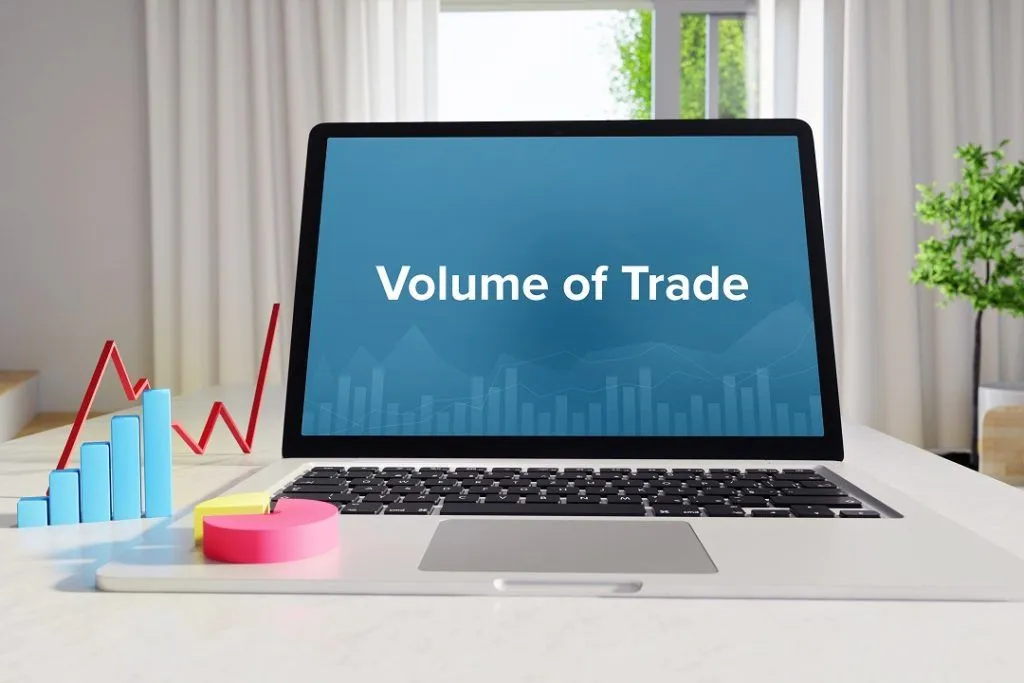Understanding Volume in Trading

Volume is an important tool in trading that helps you understand price movements. This guide will introduce you to the concept of volume and show you how traders use it to analyze markets.
What is Volume?
- Volume is the amount of trading activity in a stock or market. It increases whenever a buyer and seller trade a stock or a futures contract.
- For example, if a buyer purchases one share of stock from a seller, that one share adds to the total volume for that stock.
Why is Volume Important?
Volume has two main ideas:
- Confirmation of Price Movements:
- Increasing Volume: When prices rise or fall, an increase in volume means the price movement is strong and likely to continue.
- Decreasing Volume: If prices rise or fall and volume decreases, it might mean the price move is weak and may not last because there’s less interest from traders.
For example, look at the chart of Gold futures:
- When the price of Gold started to reach new highs, the volume also increased. This shows that as the price went up, more buyers were interested, which confirmed the upward trend.
- Similarly, if prices are going down and making new lows while volume increases, it means more sellers are interested, confirming the downward trend.
How Volume Helps Analyze Price Movements
Here’s a simple illustration of why volume matters:
- Imagine a buyer places an order to buy 10 shares of stock after hours at a price one dollar higher than the closing price. This move shows a small interest from the buyer.
- Now, imagine another buyer places an order for 100,000 shares at a price one dollar higher than the current price. This move shows a strong interest and confidence from the buyer.
Which example seems more bullish or positive?
Both examples show a price increase by one dollar. However, the second example is more significant because the buyer is willing to spend more on a large number of shares, showing strong belief in the stock’s future. Without volume information, you might think both moves are the same.
Volume Spikes and Blowoffs
Sometimes, extreme changes in volume along with large price moves can indicate something different:
- Sharp Price Increases & Volume Spikes: If the price goes up sharply with a large increase in volume, it might mean that all the buyers have already bought, leaving only sellers, which could be a negative sign (bearish).
- Sharp Price Decreases & Volume Spikes: If the price drops sharply with a big increase in volume, it might mean that all the sellers have already sold, leaving only buyers, which could be a positive sign (bullish).
Here’s a chart of eBay (EBAY) stock showing a volume spike, where volume is at least twice the average:
Volume extremes can also happen at market bottoms, like shown in the Nasdaq 100 QQQQ’s chart:
Conclusion
Understanding volume is a helpful addition to your trading skills. It helps you see when price increases or decreases have strong support or when buyers or sellers might be running out of steam. This knowledge can be useful when making trading decisions.
To learn more about analyzing volume, you can explore concepts like Volume Rate of Change and Volume Oscillator.